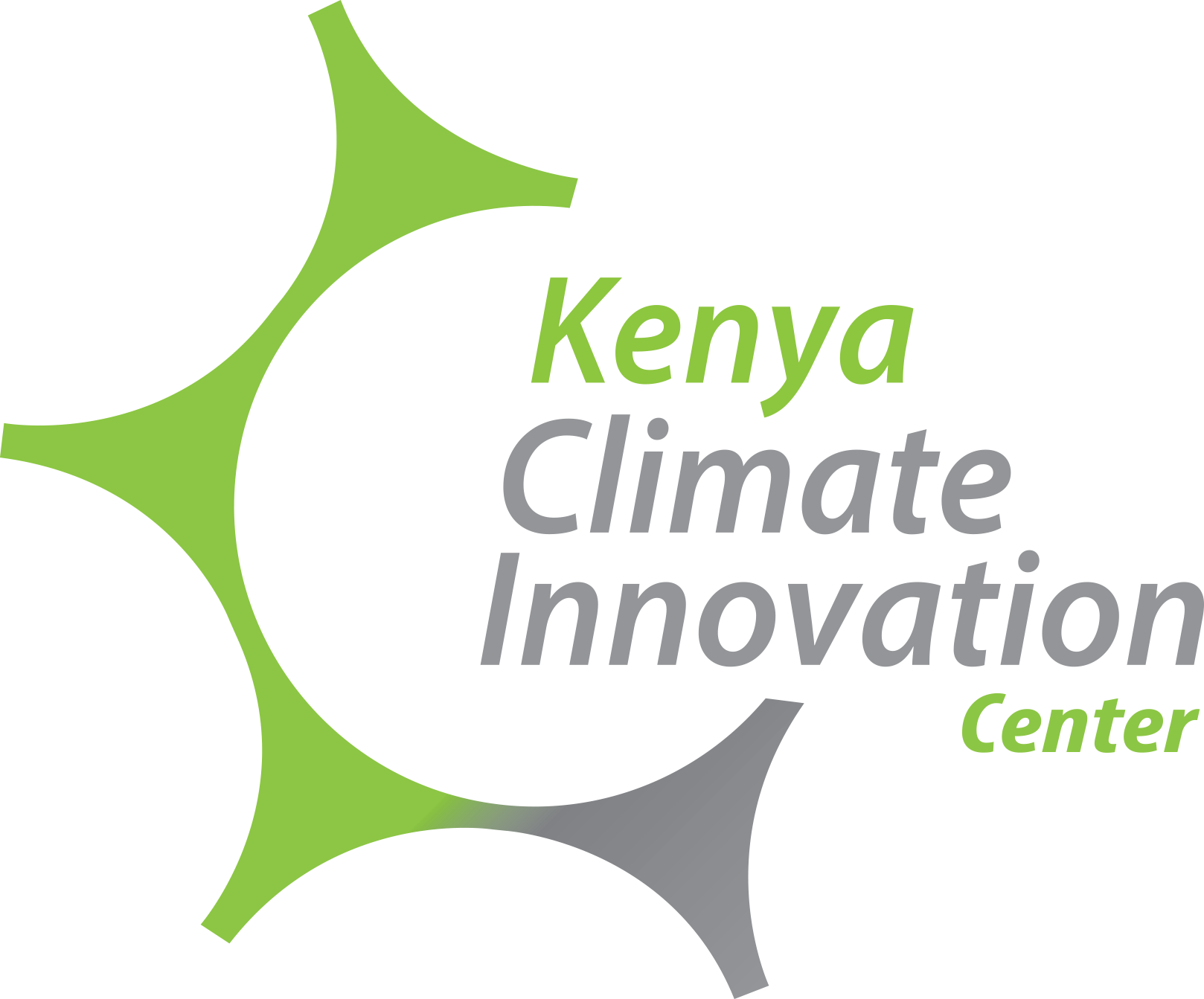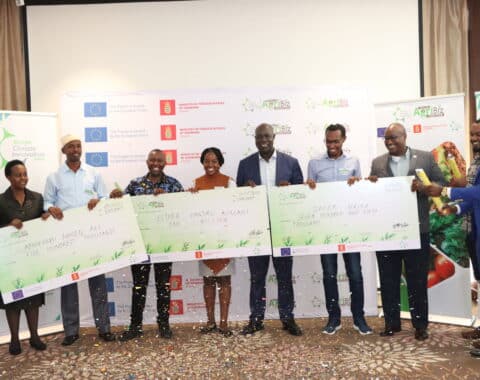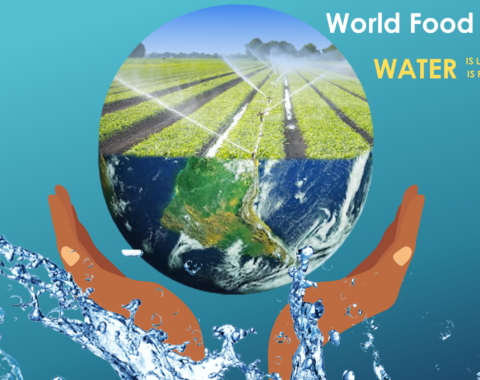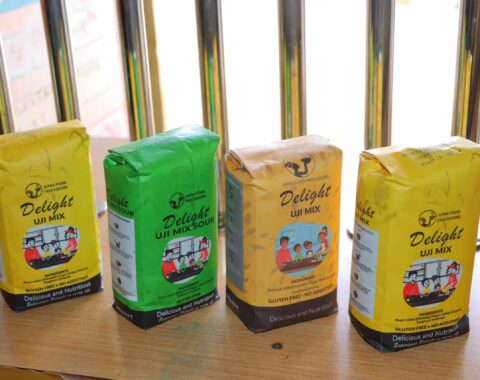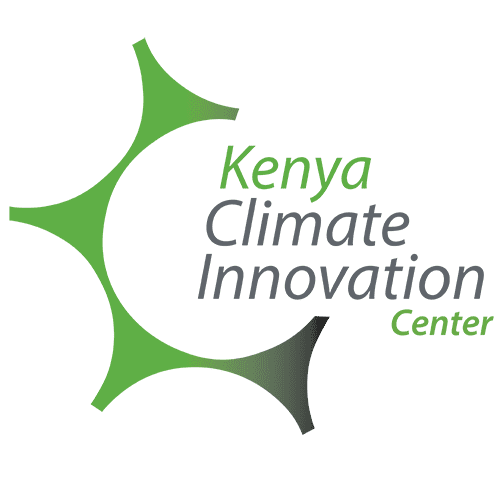According to the world bank, nearly 70% of people live in poverty and have limited access to basic amenities in Kenya’s north and north-eastern regions. The primary source of food and income for almost all of the locals is livestock, which is seriously threatened by the frequent droughts that occur in this region. Socio-economic measurements are far below the national norm; the female literacy rate, for instance, is 41%, much lower than the 89% average.
The major source of income in Kenya’s North Eastern Province (NEP) is pastoralist work. Only a small quantity of agriculture along the rivers helps to augment it. Chronic poverty and food insecurity, low human capital and poor health standards, high vulnerability to climate change, inadequate infrastructure, insecurity, and low crop and livestock output are just a few developmental difficulties the province faces.
95% of the slaughtered cattle includes edible meat, edible offal, bones, stomach, fat, and hide, all of which could scarcely be wasted if used to their full potential. Most nations export all of their bones, hooves, and horns to other countries, where they are used to make plates and buttons. It is a different tale in Northern Kenya. Since they are viewed as having no use, most of these things frequently end up in waste.
Fahila care agricultural women’s group based in Isiolo has beaten all odds and turns horns and bones from animals into money-making commodities. The women’s group that Godano Tunge leads is making fortunes from what has been considered as waste in the region for a long time.
Godano Tunge explained how the group drys the bones and horns from the dead or slaughtered livestock and turns them into precious commodities. “We used to throw away these borns and hones until we learned about a machine that could process the product into different essential items,” said Godano.
The women’s group collects bones and horns from slaughterhouses, homesteads, and at times from the forests. After collecting the bones, they wash them clean and dry them up before processing and turning them into keyholders, cups, wall hangings, decorations, and traditional attires. They mostly use bones from camels and horns from bulls.
Today the women’s group is making fortunes in the region from selling their products. “ We have managed to purchase a piece of land which we use to showcase and sell our products,” added Godano. The women group which KCIC had sponsored to attend the Northern Kenya impact investment conference was grateful to the institution and the support they had received.
KCIC has been on the frontline in empowering women in different agricultural value chains in Kenya. Especially in regions where a severe drought is a continual threat, empowering women offers the best return on investment for assisting families and communities in achieving a future free from poverty and food insecurity. Families in the arid northern Kenyan region, where raising cattle is the main source of income, today have an opportunity to invest and better their livelihoods.

